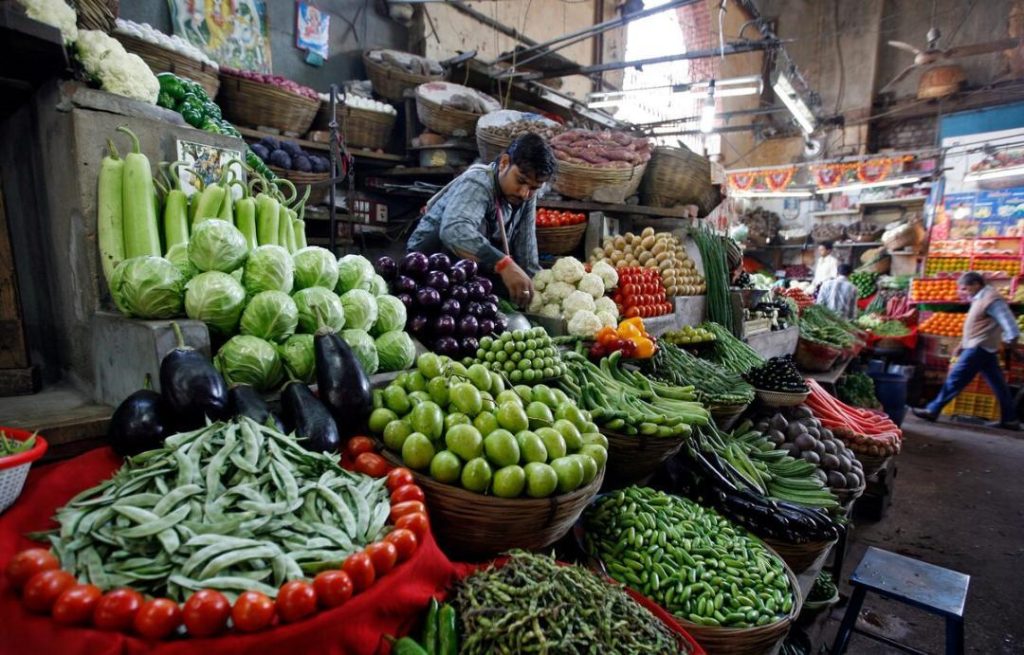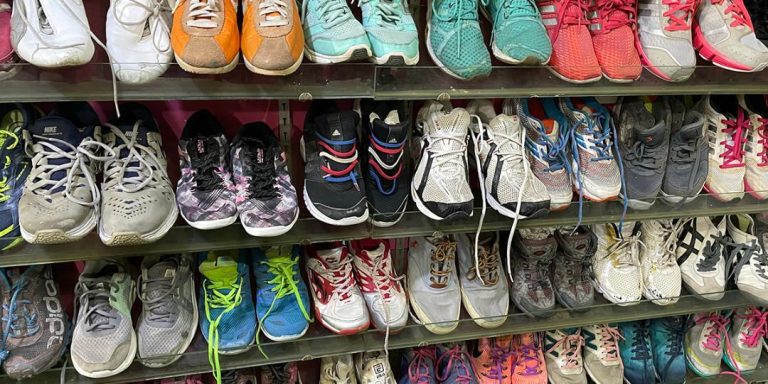
Which items saw highest & lowest inflation in January?
As we kick off the new year, it’s essential to stay updated on the current economic trends and inflation rates. In this blog post, we’ll delve into the top five items that showed the highest and lowest year-on-year inflation in January 2025, as reported by the All-India Consumer Price Index (CPI).
Highest Inflation Items:
The top five items showing the highest year-on-year inflation at the all-India level in January 2025 are:
- Coconut oil: With an alarming 54.20% rise in prices, coconut oil tops the list. This significant increase can be attributed to several factors, including a surge in demand, supply chain disruptions, and global price fluctuations.
- Potato: Coming in second, potato prices have risen by 49.61% year-on-year. This increase is largely due to factors such as crop damage, transportation issues, and a decrease in production.
- Coconut: Coconut prices have increased by 38.71% in January 2025, making it the third highest item on the list. The rise in prices is attributed to a combination of factors, including a decline in production, transportation costs, and global demand.
- Garlic: Garlic prices have seen a substantial 30.65% increase, making it the fourth highest item on the list. This increase can be attributed to factors such as crop damage, supply chain disruptions, and a surge in demand.
- Peas (vegetables): Rounding out the top five is peas, which have seen a 30.17% increase in prices. This rise is largely due to factors such as crop damage, transportation issues, and a decrease in production.
Lowest Inflation Items:
On the other hand, the key items that showed the lowest year-on-year inflation in January 2025 are:
- Jeera: With a significant decline of 32.25%, Jeera (cumin) tops the list of lowest inflation items. This decrease is largely attributed to factors such as an increase in production, improved supply chain management, and decreased global demand.
- Ginger: Ginger prices have seen a 30.92% decline, making it the second lowest item on the list. This decrease can be attributed to factors such as an increase in production, improved transportation, and decreased global demand.
- Dry chillies: Dry chillies have seen a 11.27% decline in prices, making it the third lowest item on the list. This decrease is largely due to factors such as an increase in production, improved supply chain management, and decreased global demand.
- Brinjal: Brinjal (eggplant) prices have seen a 9.94% decline, making it the fourth lowest item on the list. This decrease can be attributed to factors such as an increase in production, improved transportation, and decreased global demand.
- LPG: Finally, LPG (liquefied petroleum gas) prices have seen a 9.29% decline, making it the fifth lowest item on the list. This decrease is largely due to factors such as a decrease in global demand, improved supply chain management, and increased production.
What does this mean for consumers?
As consumers, it’s essential to stay informed about inflation rates and price changes to make informed decisions about your spending habits. The high inflation rates for items such as coconut oil, potato, and peas may require you to adjust your budget and explore alternative options. On the other hand, the low inflation rates for items such as Jeera, ginger, and LPG may provide an opportunity to stock up or save money.
Conclusion:
In conclusion, the top five items showing the highest year-on-year inflation in January 2025 are coconut oil, potato, coconut, garlic, and peas, while the key items with the lowest year-on-year inflation are Jeera, ginger, dry chillies, brinjal, and LPG. As consumers, it’s crucial to stay informed about inflation rates and price changes to make informed decisions about your spending habits. By doing so, you can navigate the current economic landscape with confidence.
Source:






